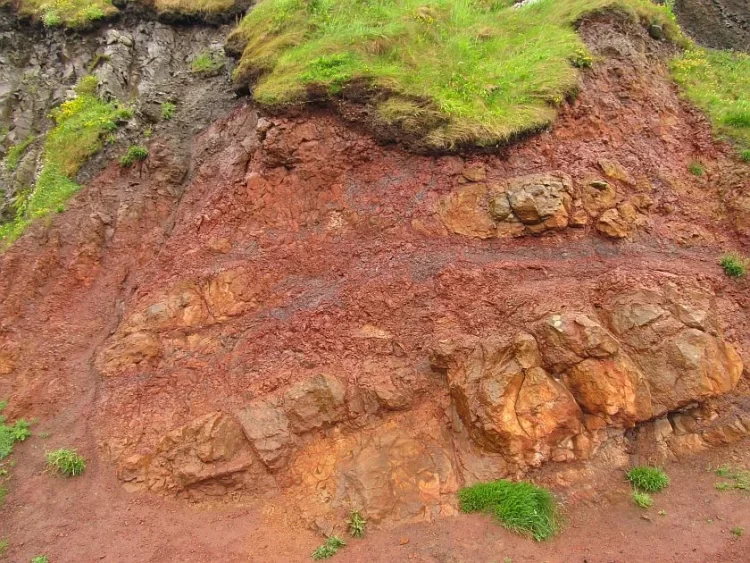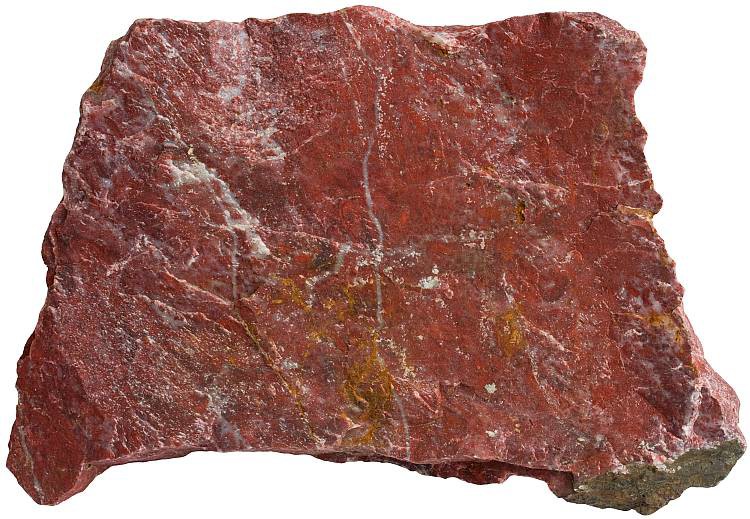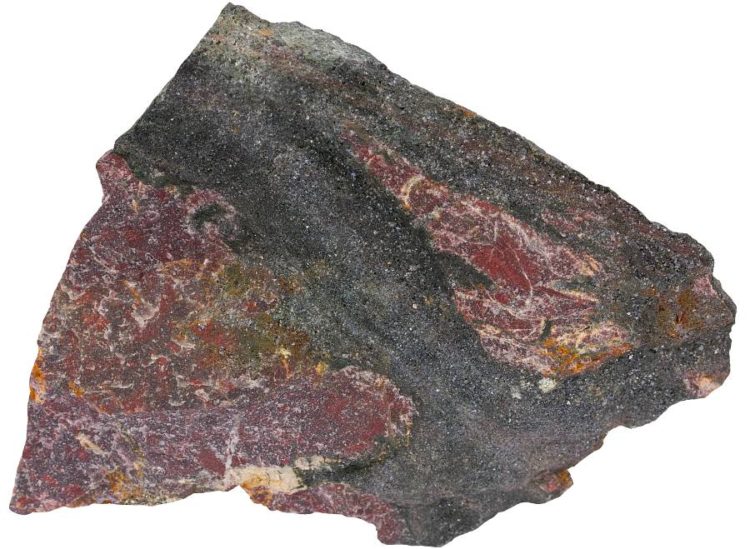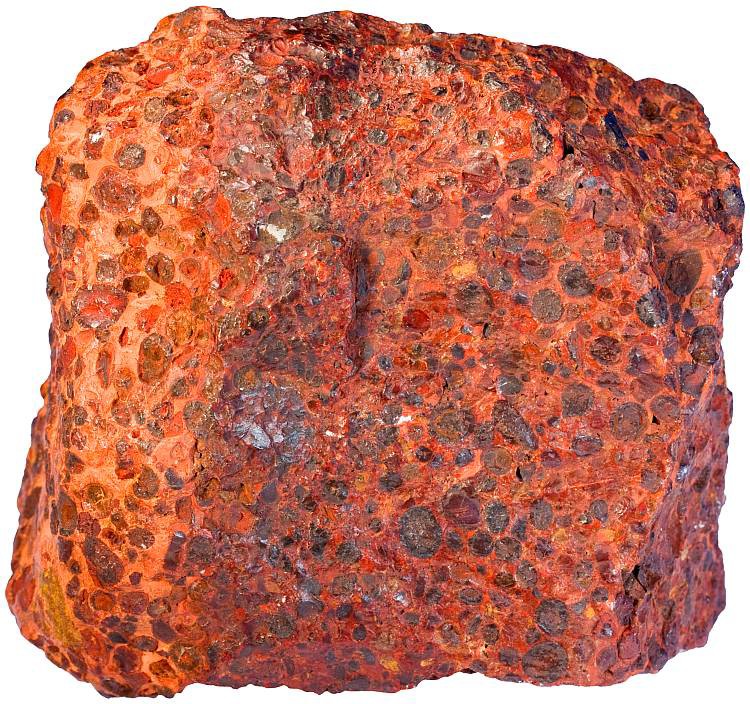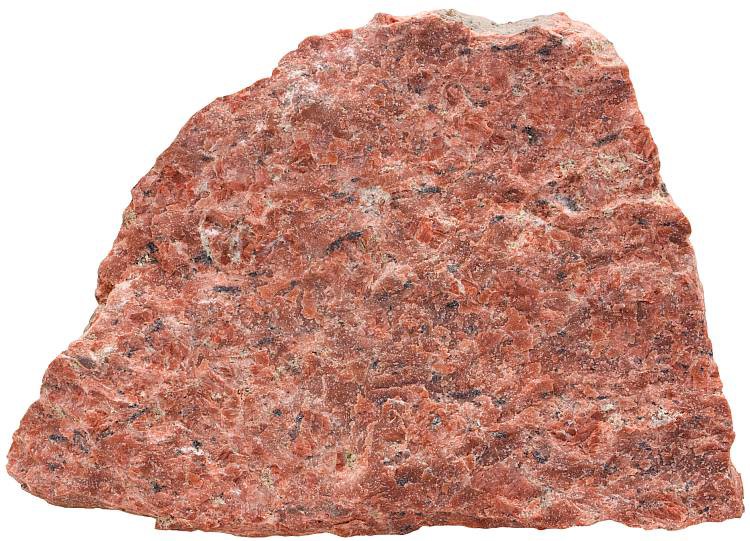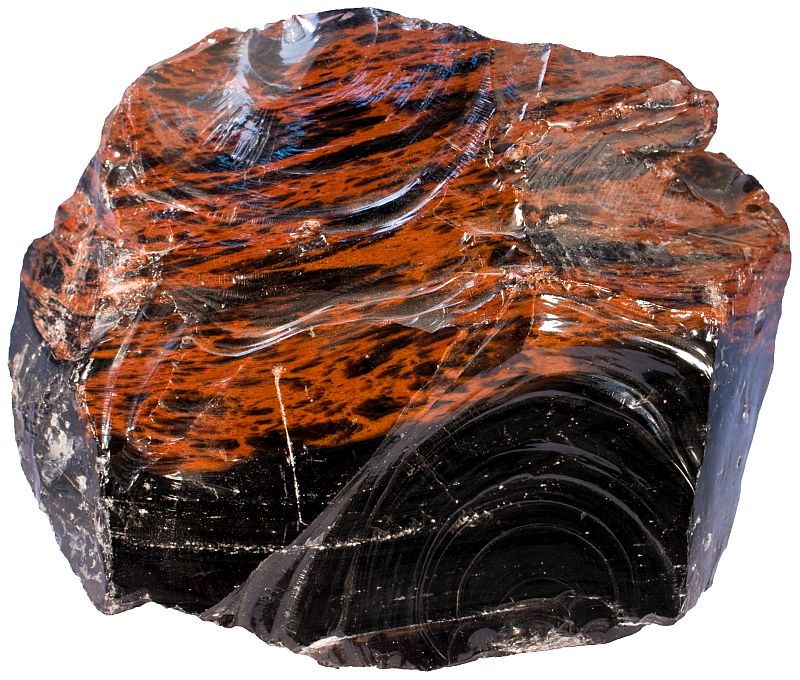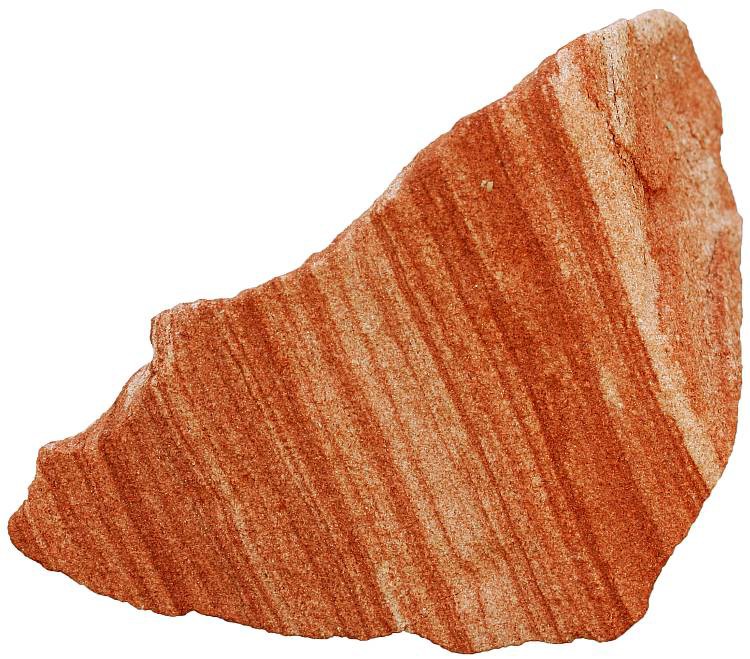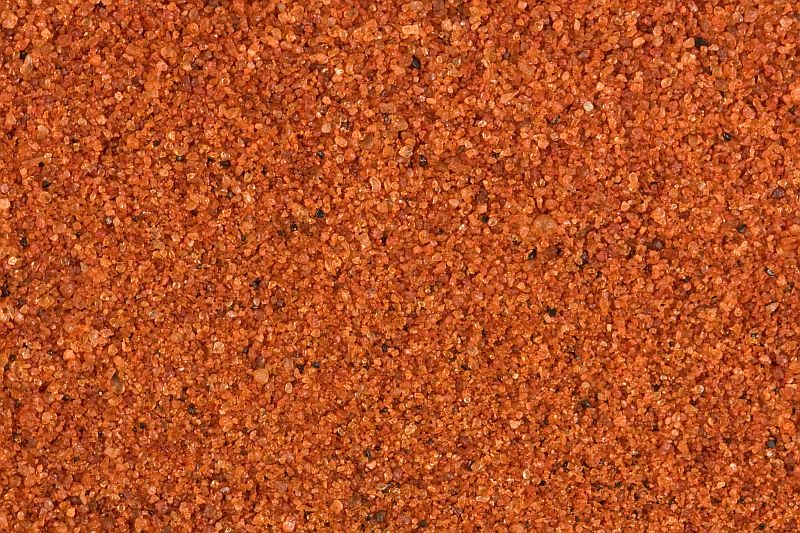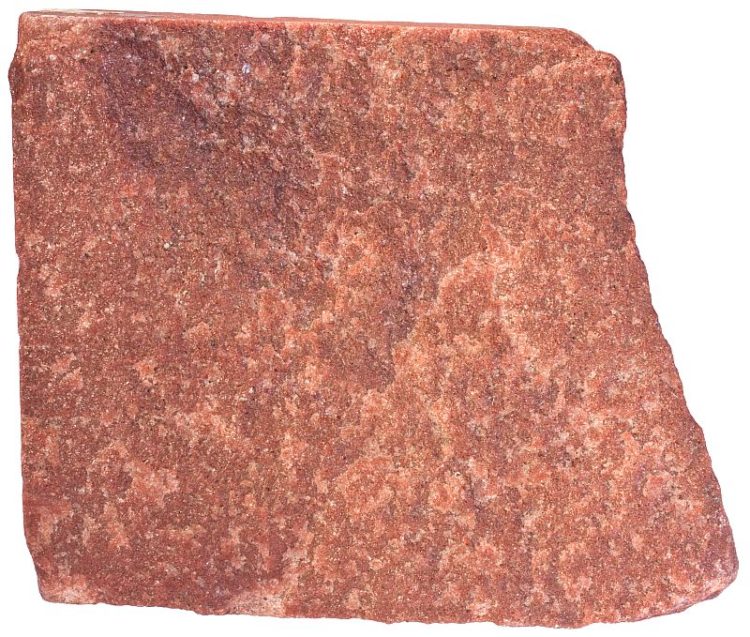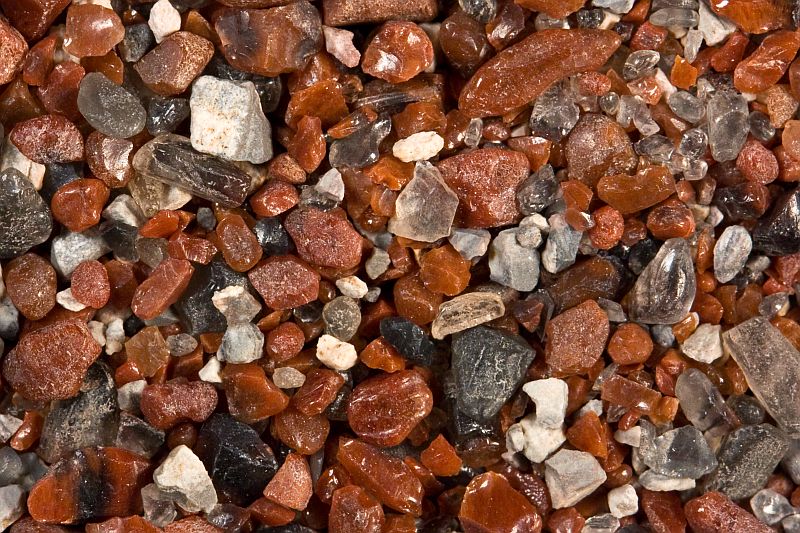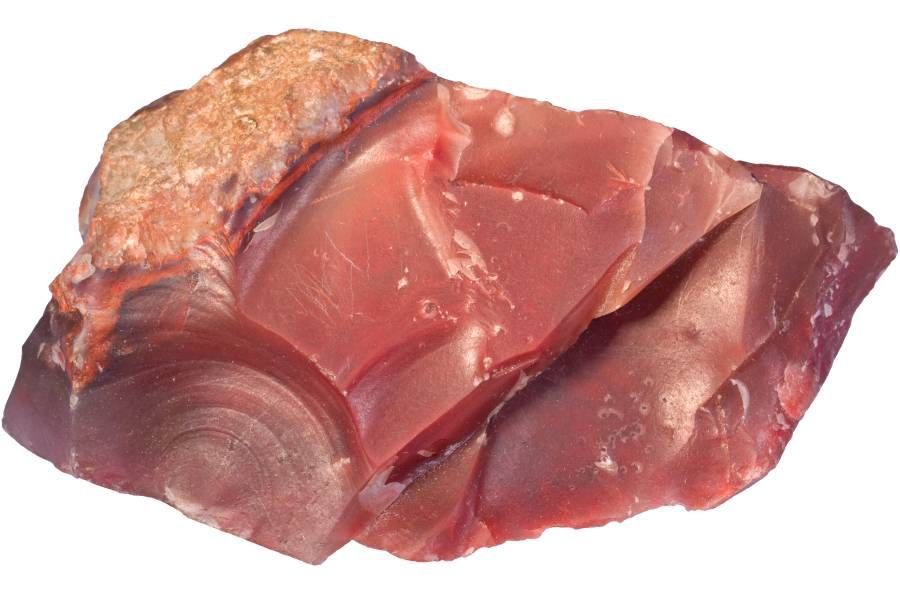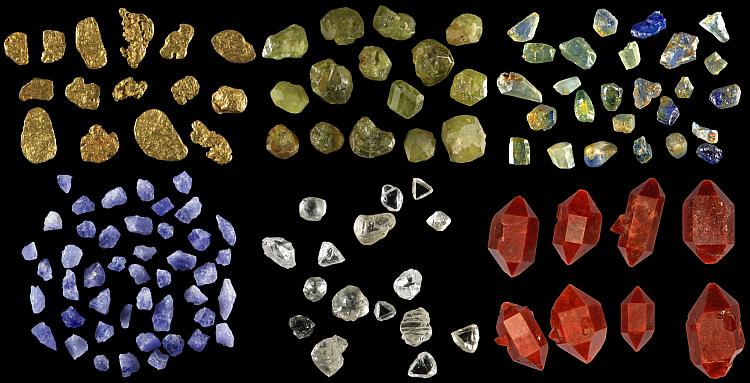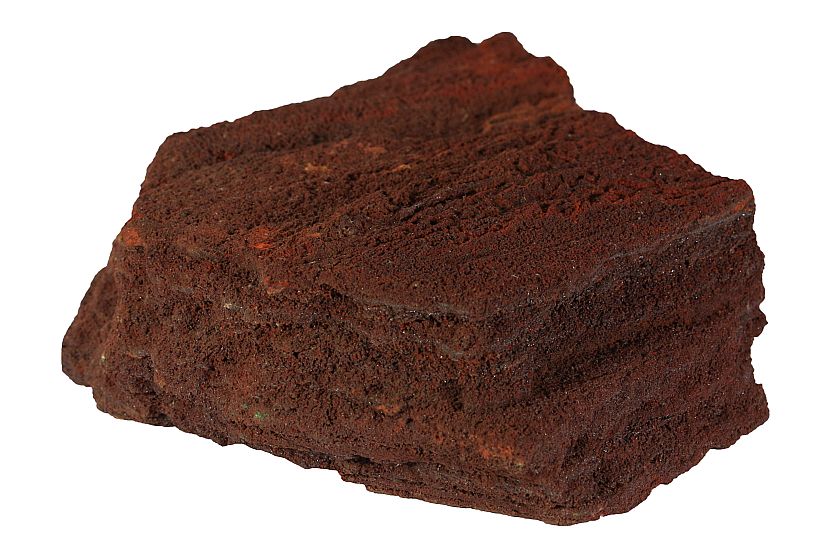Hematite (Fe2O3) is an iron oxide mineral. It is widespread in nature, especially in sedimentary environments. Hematite is one of the two principal iron ores. The other is magnetite, which is also an iron oxide mineral. The term ‘hematite’ itself might not be familiar to everyone, but its rusty red color definitely is. Sandstones are often reddish. This is because sand grains are coated with fine-grained hematitic powder. If soil is reddish, then it is also because of hematite. Even red granite owes its color to this mineral. Iron rust itself is similarly colored, but it is mostly composed of hydrated iron oxides.
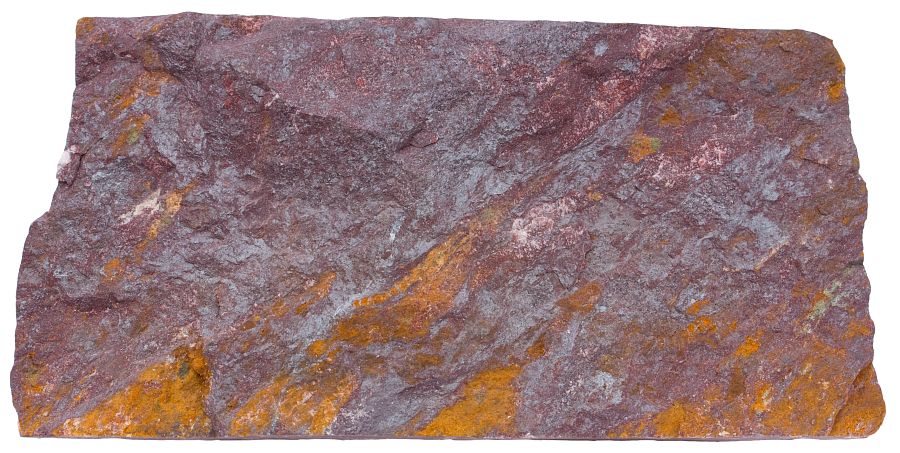
Hematite as a widespread natural pigment has been used by man since the earliest times. Red color in cave paintings comes from fine hematitic powder which is known as red ochre. The use of it as a coloring agent continues to this day. Sweden is an especially noteworthy country in this regard because lots of wooden houses there are traditionally brownish red (Falu red). The leftovers of copper mining from Falun and other mines have been used for making red paint there since the 16th century.
But far more important is the use of hematite as an ore of iron. The majority of it is mined from banded iron formations (BIF). These are old (formed generally more than 2 billion years ago) layered metasedimentary iron-silica rocks where the iron-bearing layers are composed of either hematite or magnetite. BIF is very important rock not only as an iron ore, but also because its genesis is closely related to the oxygenation of the Earth’s atmosphere. It is believed that the world ocean used to contain much more dissolved iron which was precipitated as an insoluble iron oxide (and formed an iron-rich layer of BIF) when iron combined with oxygen produced by photosynthetic cyanobacteria. Oxygen started to accumulate in the atmosphere when the iron level in the ocean was reduced to much lower level. So the formation of hematitic iron ore was a necessary precursor that made multicellular oxygen-breathing life possible.
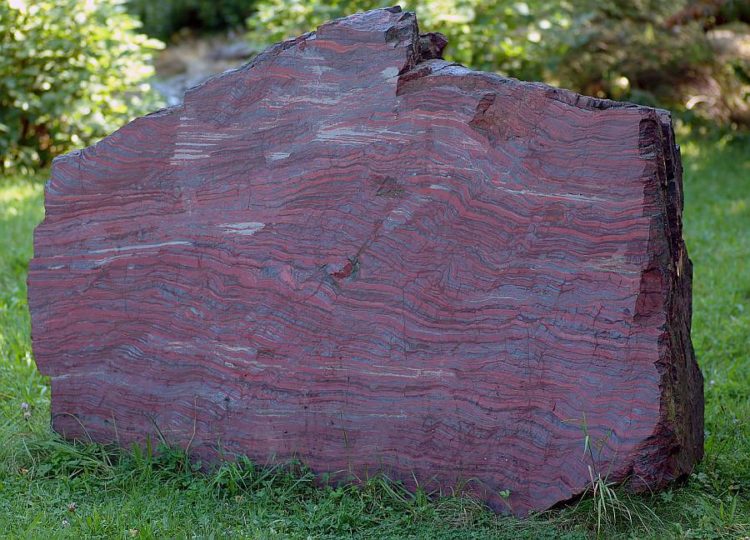
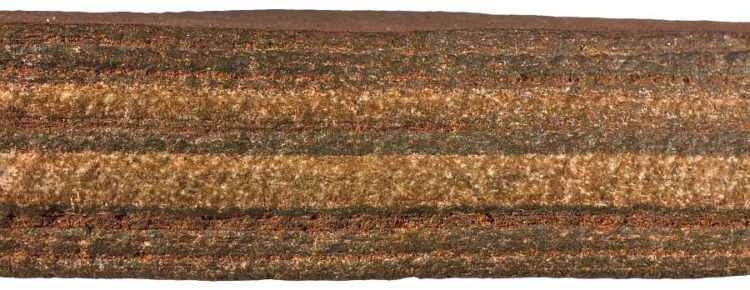
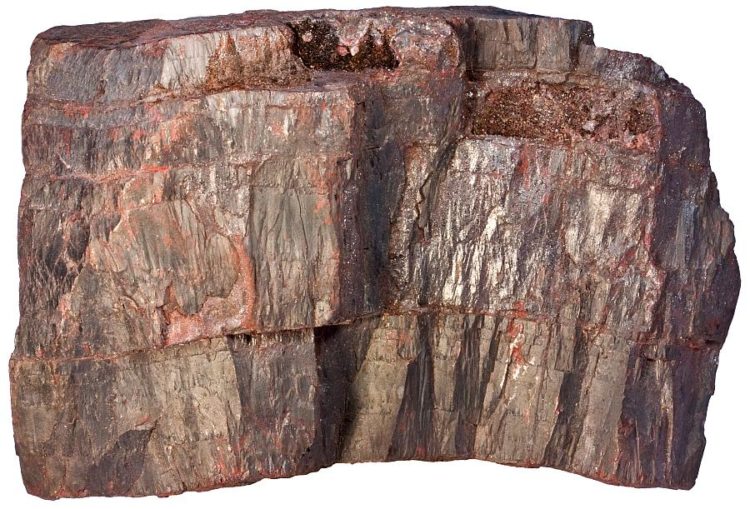
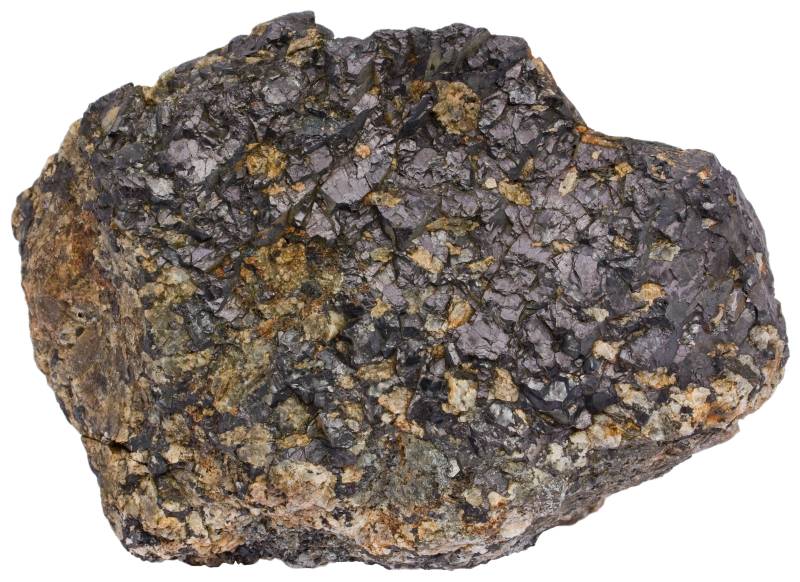
Hematite is structurally similar to ilmenite (FeTiO3) which is a major titanium ore. There is a solid solution between the two, but only at high temperature (above 1000°C). But even at room temperature its crystals usually contain some titanium. Iron may also be partly replaced by aluminum or manganese.
Hematite is interestingly versatile in appearance. The rocks and minerals that contain it tend to obtain reddish color. And the streak on an unglazed porcelain is also always cherry red, but crystals of hematite are actually silvery gray with a strong metallic luster. Such crystals are known as specular hematite (also specularite and iron-glance) because of better light reflectance. The habit of crystals is versatile as well. It may form botryoidal kidney ores which have a radial fibrous structure (pencil ore) in the interior of the crystal. Hematite may be platy (micaceous hematite). Such crystals easily give off small reddish flakes which soil the fingers when handled. Hematite may be an alteration product of magnetite and it may retain its crystal shape. If this is the case the material is known as martite (hematite pseudomorphs after magnetite). Hematite itself may be altered to hydrous iron oxides although it is fairly stable in the weathering environment as is normal for a mineral which itself is usually a product of weathering.
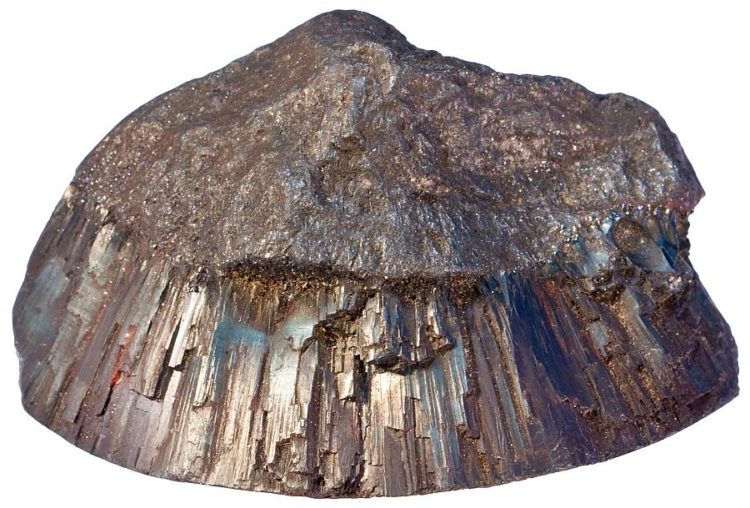
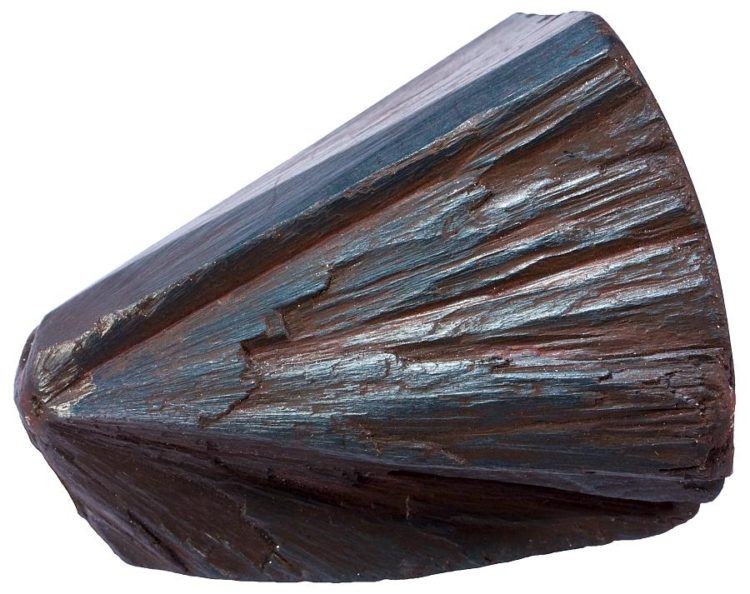
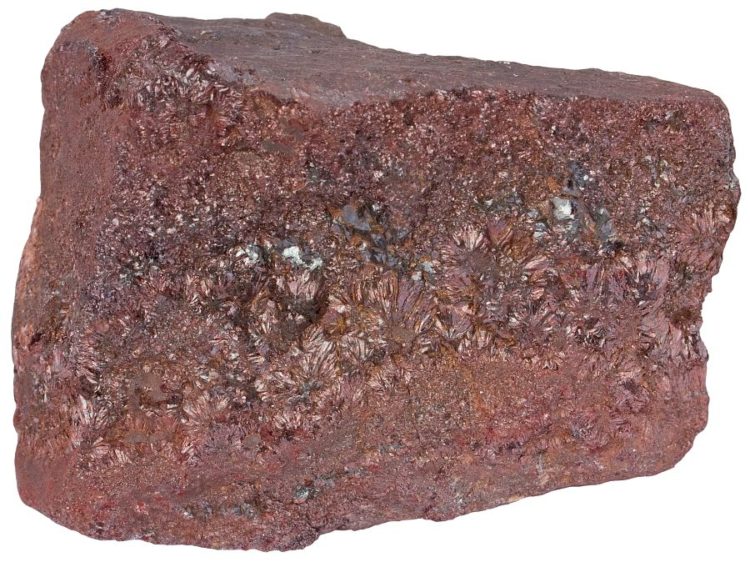
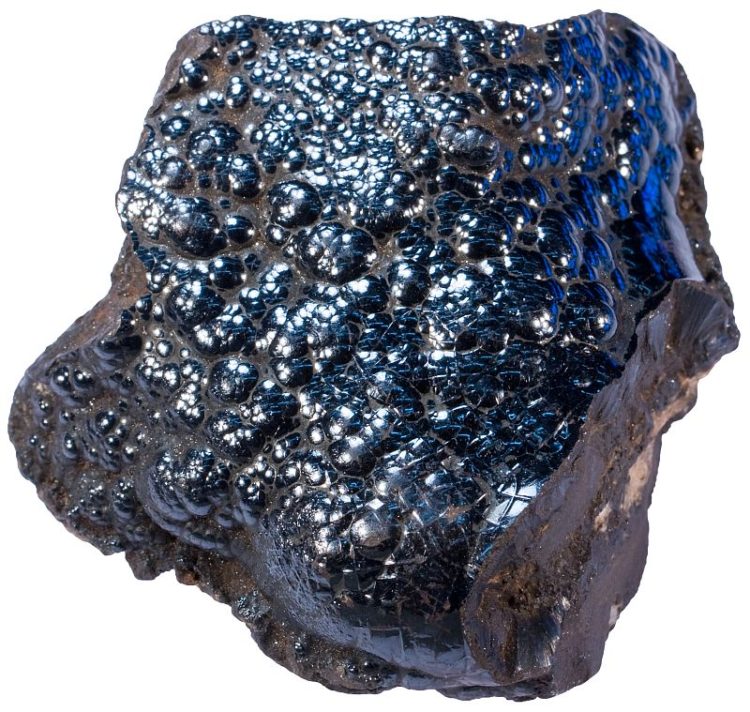
Hematite may be weakly magnetic, but usually it does not react to a hand magnet at all. The best diagnostic feature is color. Although the crystals are steel gray the edges if thin enough still demonstrate reddish brown color and crystals that are large enough to show metallic luster are generally suitable for the streak test as well. Goethite is compositionally similar but has a duller brown streak. Cinnabar may be superficially similar because of red color, but it is rarer mineral with much restricted occurrence and it is heavier.
Although hematite is chiefly a mineral of sedimentary environments, it can also crystallize directly from late-stage magmatic fluids. Primary hematite usually occurs in felsic igneous rocks like syenite, granite, trachyte, and rhyolite. The majority of it occurs in (meta)sedimentary rocks like sandstone, banded iron formations, and quartzite.
